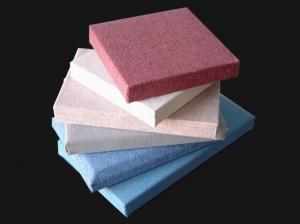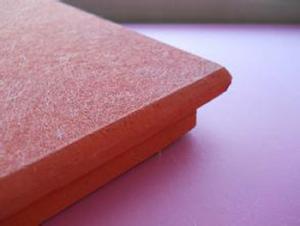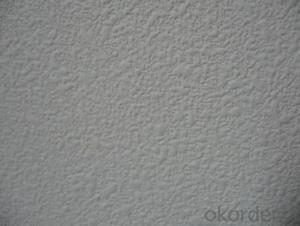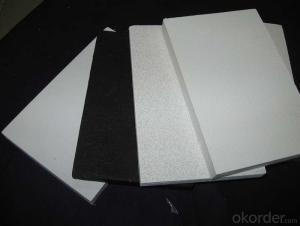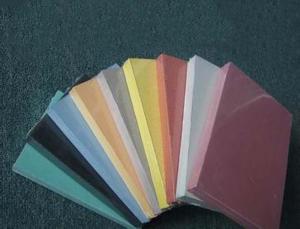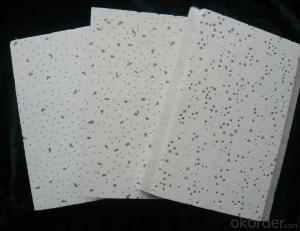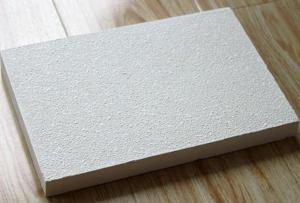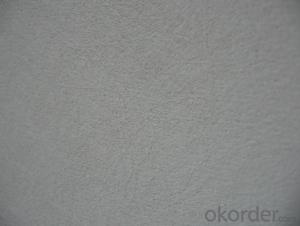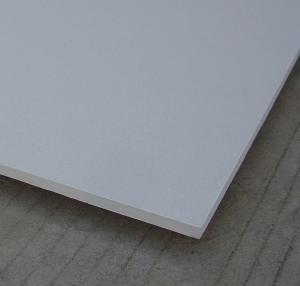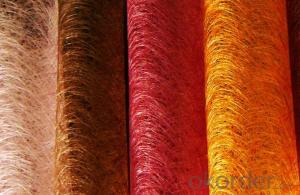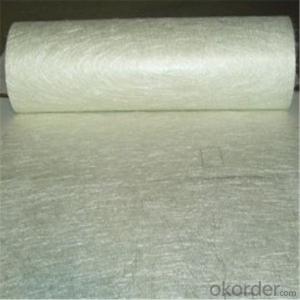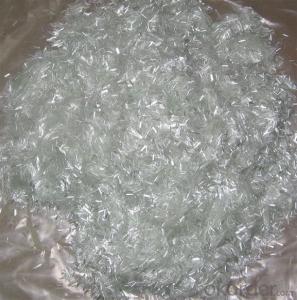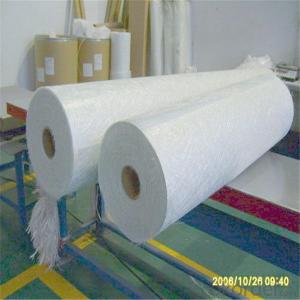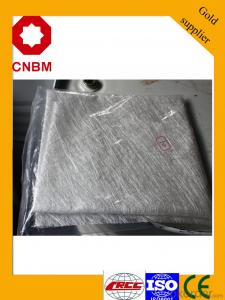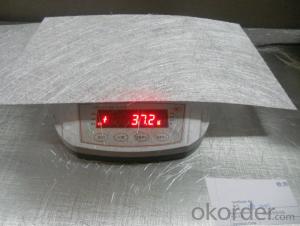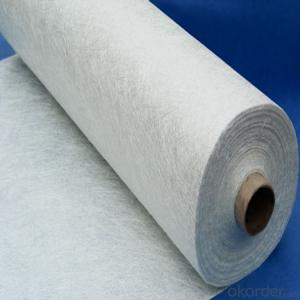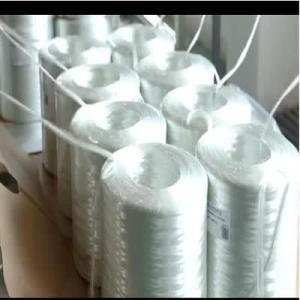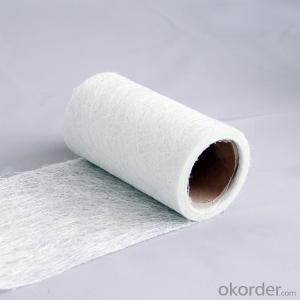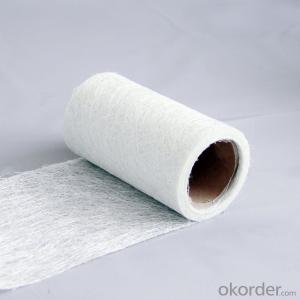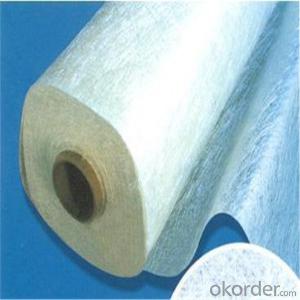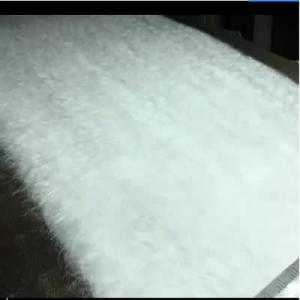Chopped Fiberglass
Chopped Fiberglass Related Searches
Led Light Bulbs For Ceiling Fixtures Decorative Ceiling Plate For Light Fixture Ceiling Plate For Hanging Light Fiberglass Sheets For Roofing Track Lights For Kitchen Ceiling Lights For Kitchen Ceiling Lights For Fall Ceiling Spotlight For Ceiling 5 Blade Ceiling Fan With Light 12X12 Ceiling Tiles With HolesHot Searches
Fiberglass Scaffolding For Sale Plastic Roof Tiles For Sale Fiberglass Panels For Sale Fiberglass Greenhouses For Sale Cost Of Concrete Tile Roof Roof Insulation Price Artificial Slate Roof Tiles Price Ceiling Fan Lowest Price Tesla Solar Roof Inverter Types Of Flat Roof Coverings Stone Wall Tiles Cost Company Office Design Ceramic Roof Tiles Cost Metal Roof Tiles Prices Cement Roof Tile Manufacturers Clay Roof Tile Manufacturers Synthetic Roof Tiles Cost Roof Clay Tiles Prices Interlocking Roof Tiles Prices 30 Year Roof Shingles PricesChopped Fiberglass Supplier & Manufacturer from China
Okorder.com is a professional Chopped Fiberglass supplier & manufacturer, offers integrated one-stop services including real-time quoting and online cargo tracking. We are funded by CNBM Group, a Fortune 500 enterprise and the largest Chopped Fiberglass firm in China.Hot Products
FAQ
- The resistance of fiberglass mat tissue to corrosion relies on its specific composition and quality. It can be used to some extent in corrosive environments. Fiberglass mat tissue is manufactured by combining fiberglass strands with a binder material. Although fiberglass itself is generally resistant to corrosion, the binder material used in the mat tissue can vary and impact its resistance to corrosive environments. Certain binders may offer better protection against corrosion, while others may be more prone to degradation. To enhance the corrosion resistance of fiberglass mat tissue in corrosive environments, it is possible to apply additional protective coatings or treatments. These coatings create a barrier against corrosive elements and prolong the material's lifespan. To determine the suitability of fiberglass mat tissue for a specific application, it is crucial to consider the particular corrosive environment and seek advice from experts or manufacturers. They can provide guidance on the ideal composition, treatment, and necessary precautions to ensure optimal performance and durability in corrosive environments.
- Yes, fiberglass mat tissue does have fire-resistant properties. Fiberglass is inherently fire-resistant due to its composition. It is made from a combination of glass fibers and a thermosetting resin, which gives it its fire-resistant properties. When exposed to high temperatures or flames, fiberglass mat tissue does not easily ignite or burn. Instead, it resists the spread of flames and can help to contain a fire. This makes fiberglass mat tissue a suitable material for applications where fire protection is required, such as insulation, fire barriers, and fireproof panels. However, it is important to note that while fiberglass is fire-resistant, it is not completely fireproof and can still melt or burn under extreme conditions.
- Yes, fiberglass mat tissue can be used for making lightweight ceilings. Fiberglass mat tissue is a thin and lightweight material made from fiberglass strands that are bonded together with a binder. It is commonly used in construction and building applications due to its excellent strength-to-weight ratio. When used for making lightweight ceilings, fiberglass mat tissue can provide several advantages. Firstly, it is lightweight, which makes it easier to handle and install. This can save time and effort during construction or renovation projects. Additionally, fiberglass mat tissue is also known for its high tensile strength and durability, making it a suitable choice for ceilings that need to withstand various loads and stresses. Furthermore, fiberglass mat tissue has good thermal insulation properties, which can help in maintaining a comfortable indoor environment. It can also offer sound insulation benefits, reducing noise transmission between different spaces or floors. Moreover, fiberglass mat tissue is resistant to moisture, mold, and mildew, which makes it suitable for areas with high humidity or moisture concerns such as bathrooms or kitchens. It is also non-combustible, providing an added level of fire resistance to the ceiling structure. In conclusion, fiberglass mat tissue can indeed be used for making lightweight ceilings. Its lightweight nature, strength, durability, thermal and sound insulation properties, as well as resistance to moisture and fire, make it a suitable choice for various ceiling applications.
- Indeed, wind turbine blades can utilize fiberglass mat tissue. This material, known for its lightness and durability, finds widespread use in constructing wind turbine blades. It boasts an impressive strength-to-weight ratio and possesses resistance against corrosion, making it an optimal choice for enduring the harsh environmental circumstances faced by wind turbine blades. Moreover, fiberglass mat tissue can effortlessly be shaped into intricate forms, enabling the production of aerodynamically efficient wind turbine blades. All in all, integrating fiberglass mat tissue into wind turbine blades enhances their performance and longevity.
- Glass fiber cotton or ceramic fiber paper insulation?
- Glass fiber cotton bar, there are more air inside, the effect may be better
- Yes, fiberglass mat tissue can be used for pipe wrapping. It provides excellent insulation, strength, and corrosion resistance, making it a suitable material for protecting pipes from external elements and preventing leakage.
- Insulating exterior walls can be done using fiberglass mat tissue. This particular type of insulation material is commonly chosen for its exceptional thermal and acoustic insulation properties. It is composed of fine glass fibers that are bonded together with a binder, resulting in a lightweight and flexible material. When applied to insulate exterior walls, fiberglass mat tissue is typically installed either between the wall studs or in the wall cavities. By trapping air within its fibers, it effectively reduces heat transfer and acts as a barrier against heat loss or gain. This insulation material plays a significant role in enhancing a building's energy efficiency by reducing the need for heating or cooling, thus leading to lower energy costs and carbon emissions. In addition to its insulating properties, fiberglass mat tissue is also resistant to moisture, mold, and mildew, which makes it suitable for external applications. It contributes to creating a more comfortable and healthier indoor environment by preventing the growth of harmful microorganisms and minimizing condensation. Furthermore, it provides an extra layer of safety to the building as it is fire-resistant. To summarize, fiberglass mat tissue is a versatile and efficient insulation material that can be utilized for insulating exterior walls. Its exceptional thermal and acoustic properties, resistance to moisture and fire, make it an excellent choice for improving the energy efficiency and comfort of buildings.
- There are several quality standards for fiberglass mat tissue, including weight per unit area, tensile strength, elongation, tear resistance, and moisture content. These standards ensure that the fiberglass mat tissue meets certain performance criteria and can be used effectively in various applications such as roofing, insulation, and composite materials.
